- Write by:
-
Sunday, March 21, 2021 - 12:03:21 PM
-
884 Visit
-
Print
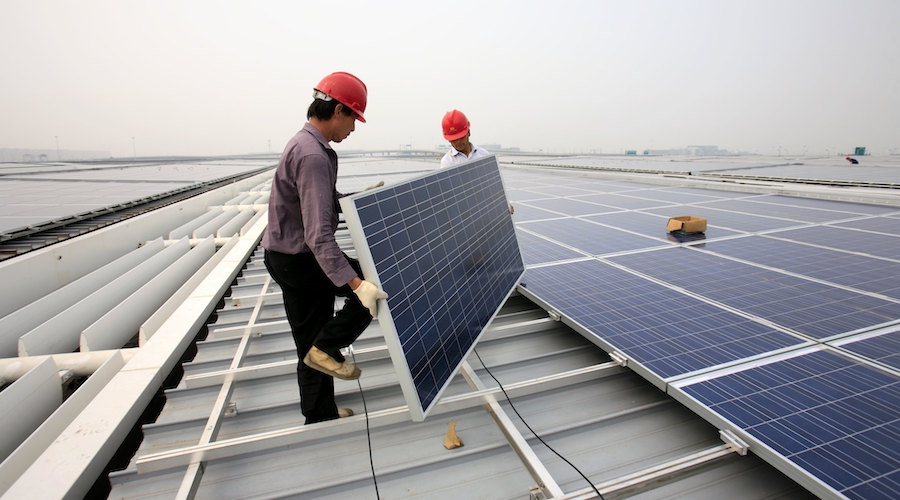
Mining News Pro - China’s move towards carbon neutrality by 2060 can complement both energy security and economic goals, a new report by Wood Mackenzie states.
“When President Xi Jinping announced the country’s carbon neutrality goal, he was not simply saying that China would adjust its energy mix to reduce emissions,” WoodMac’s research director, Miaoru Huang, said in a media statement. “He was giving notice of the complete transformation of its economy and how it produces, transports, and consumes energy.”
In Huang’s view, this transformation or ‘dual circulation’ is the pivot point to China’s balancing act on its climate change goals, energy security concerns and economic ambitions.
According to the market analyst, on its current trajectory and not accounting for carbon neutrality, China’s oil-import dependency would exceed 80% by 2030, while half of its natural gas supply would be imported.
However, the pursuit of carbon neutrality halves China’s oil demand by 2040, with demand almost eliminated by 2050.
“For China to meet its carbon-neutral goal, it will need a 75% increase in electricity demand, compared to Wood Mackenzie’s base case, to replace fossil fuels. That equates to a staggering $6.4 trillion investment in new power generation capacity. Nuclear power will have a role to play but growth will primarily come from solar, wind and storage,” the report reads.
Building the production capacity to achieve these goals wouldn’t be a problem for the Asian giant, WoodMac says. The country is already the world’s largest manufacturer of wind turbines and dominates global solar module production, with around two-thirds of photovoltaic panels produced domestically. At the same time, Chinese manufacturers own significant capacity overseas.
China also leads the supply and processing of most of the raw materials needed for batteries and other zero-carbon technologies. Three-quarters of global lithium-ion battery production, half of the world’s electric vehicles and almost 70% of all solar panels are made in China.
“The difficult part is ensuring a secure and competitive supply of raw materials for this growth. This includes the five essential metals – copper, aluminum, nickel, cobalt and lithium,” WoodMac states. “Most notably, China’s dependence on foreign miners for its copper supply is a major concern. This has fuelled the country’s determination to seek greater control of other raw materials.”
WoodMac estimates that China’s domestic and overseas equity production of mined copper is 16% of what it needs, leaving it net short of 7.5 million tonnes a year at current demand levels.
“If China can replicate its current global market share in battery and solar-panel production across the entire future value chain of clean energy, it would transform global energy supply, trade and industry,” Wood Mackenzie senior economist Yanting Zhou said.
Short Link:
https://www.miningnews.ir/En/News/611871
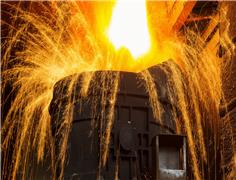
Iron ore futures prices ticked lower on Monday, weighed down by diminishing hopes of more stimulus in top consumer ...

Interros, Nornickel’s largest shareholder, on Monday called allegations by fellow shareholder Rusal about undervalued ...
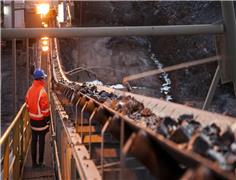
Copper traded near $10,000 a ton, hitting a new two-year high on its way, as investors continue to pile in on a bet that ...

Chile’s state-run miner Codelco plans to select a partner for a future lithium project in one of the country’s top salt ...
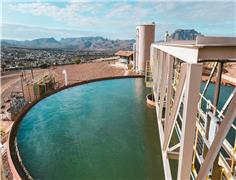
A Native American group has asked all members of a US appeals court on Monday to overturn an earlier ruling that granted ...
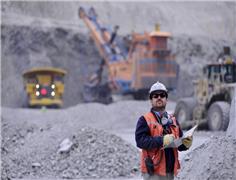
Codelco is exploring more partnerships with the private sector as Chile’s state copper behemoth looks to recover from a ...
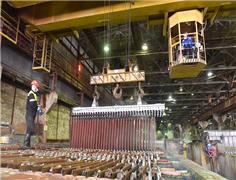
The London Metal Exchange (LME) on Saturday banned from its system Russian metal produced on or after April 13 to comply ...

China’s state planner on Friday finalized a rule to set up a domestic coal production reserve system by 2027, aimed at ...

Chile’s SQM called another investors meeting at the request of its second-largest shareholder, Tianqi Lithium Corp., ...
No comments have been posted yet ...